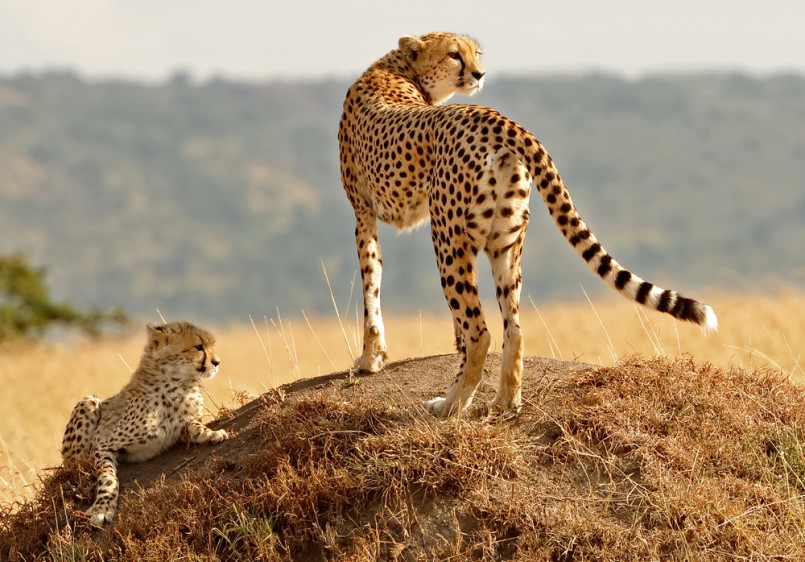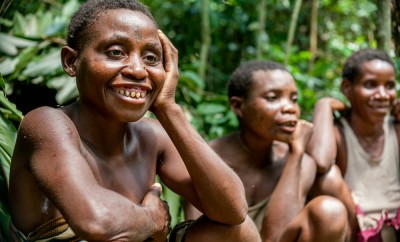Africa
Cheetahs Team Up With Military Patrol In South Africa

Image: Shutterstock/Amy Nichole Harris
Cheetahs Team Up With Military Patrol In South Africa
We know cheetahs as the fastest land animal, but in South Africa, cheetahs are known for their role on military bases. Yep, they’re teaming up with humans and working together.
Just recently, an officer was attacked by two cheetahs on Makhado Air Force Base. He was not seriously injured, so after he was attended to, the cheetahs went back to work. The cheetahs didn’t stumble onto the military base by chance. This is where they work.
The cats are given free reign to roam wherever they wish on the base. They’re placed here for animal control purposes. The cheetahs hunt small game that would potentially interfere with planes on the runways. Makhado is located near three natural reserves, meaning it is surrounded by lots of animals. Once the cheetahs are around the planes long enough, they are no longer affected by the loud noise, and they are able to carry out their role on base easily.
The cheetahs were born in captivity, so they are born already used to human interaction. Besides, cheetahs don’t typically attack humans since they are more interested in small prey.
The attack that occurred on base happened after an officer shooed the cheetahs off a plane and proceeded to take a picture of them. The cheetahs growled after being shooed away and found the camera as a threat. Since this accident, the base is implementing more training for officers on how to interact with cheetahs, rightfully so.
The cheetahs’ names are Wim and Tobie. They will serve a two year term on base, then go to the Hoedspruit center for breeding. After that they will be released into the wild.
There are 12,000 to 15,000 cheetahs left in the African wild, and they are listed “vulnerable” on the global inventory of threatened species. Hunters protecting their livestock and a decrease in prey and habitat have both led to their decline.






0 comments